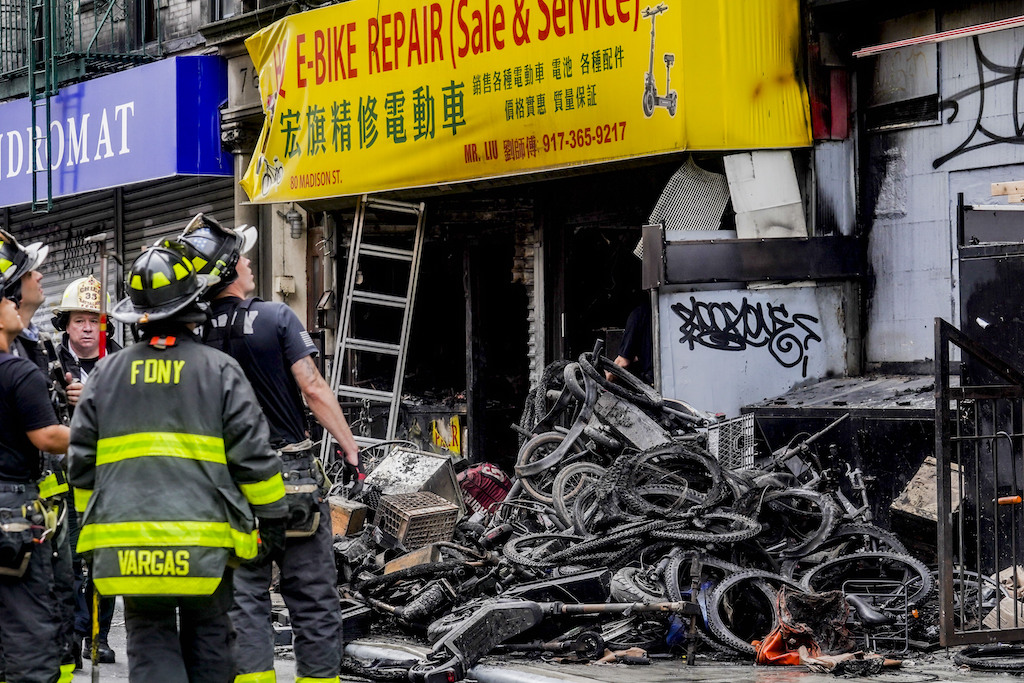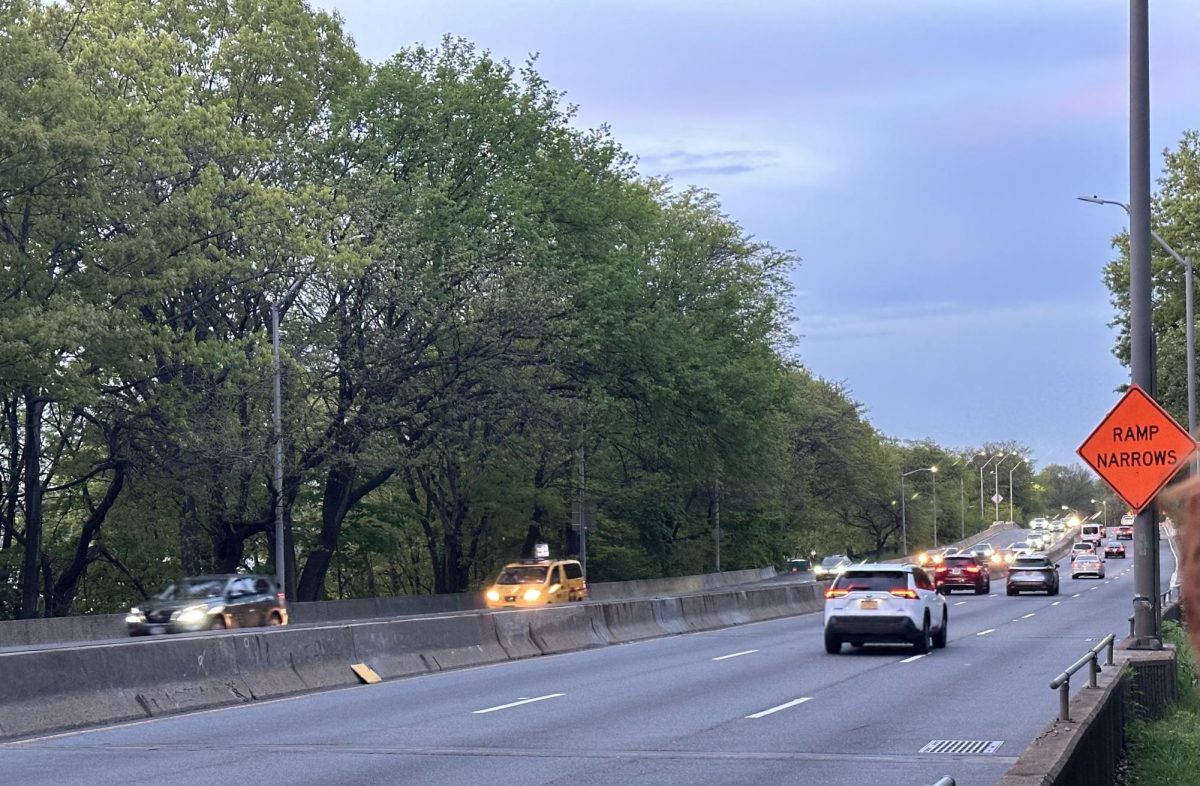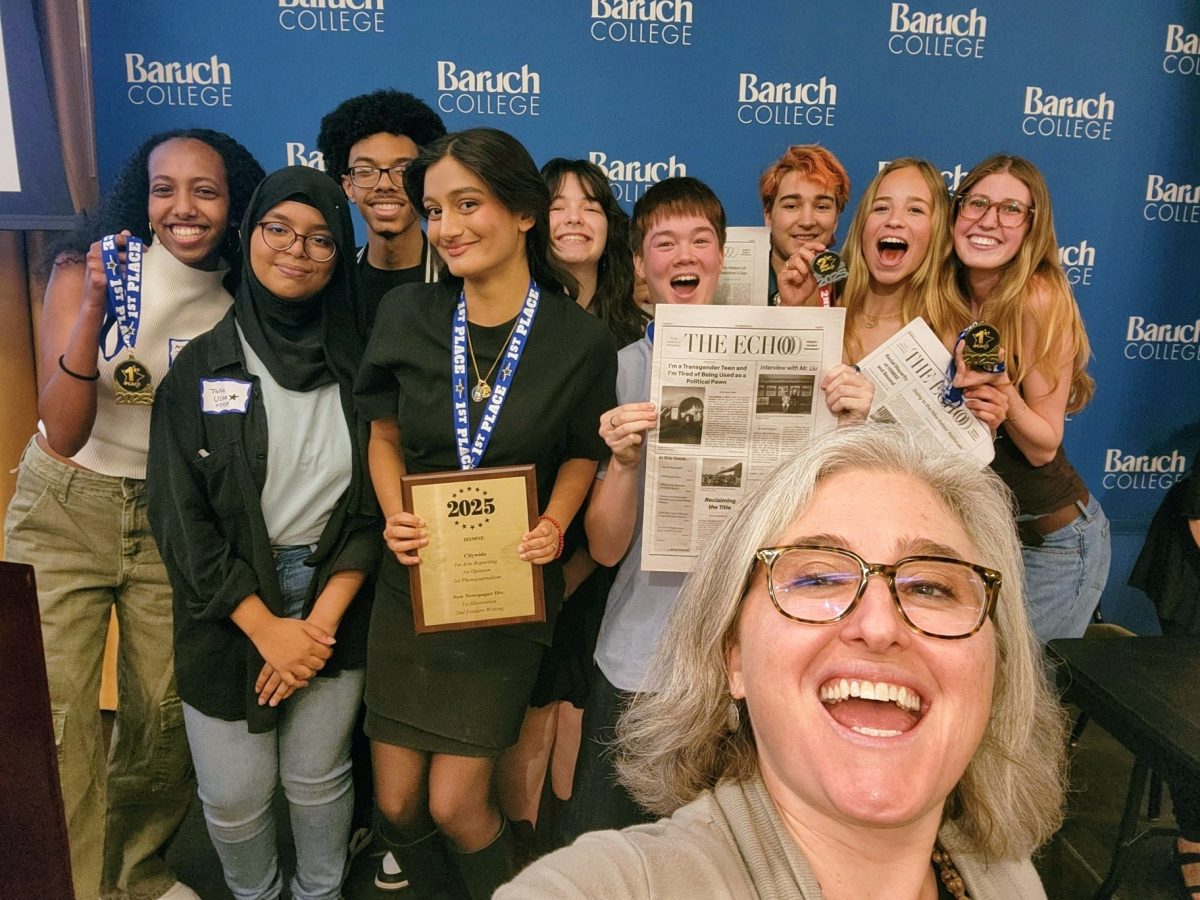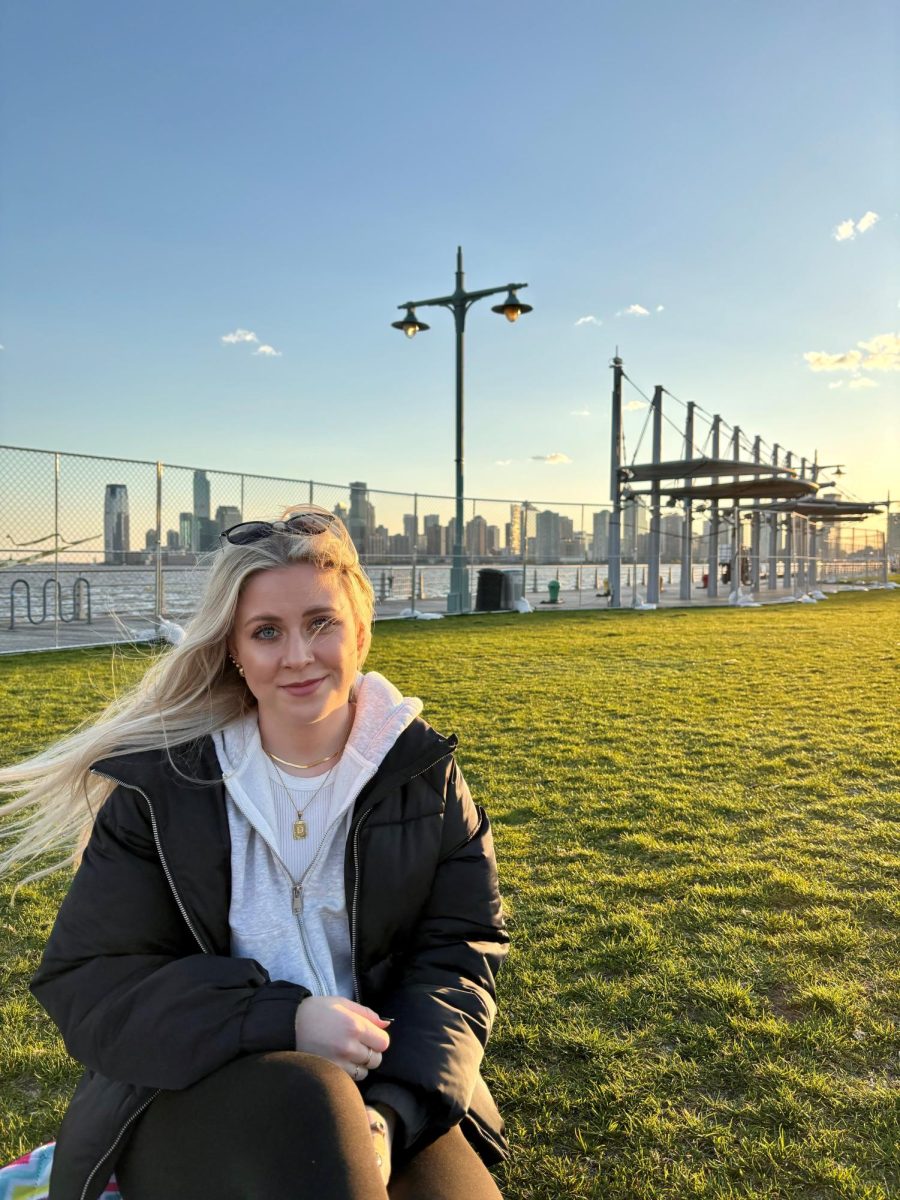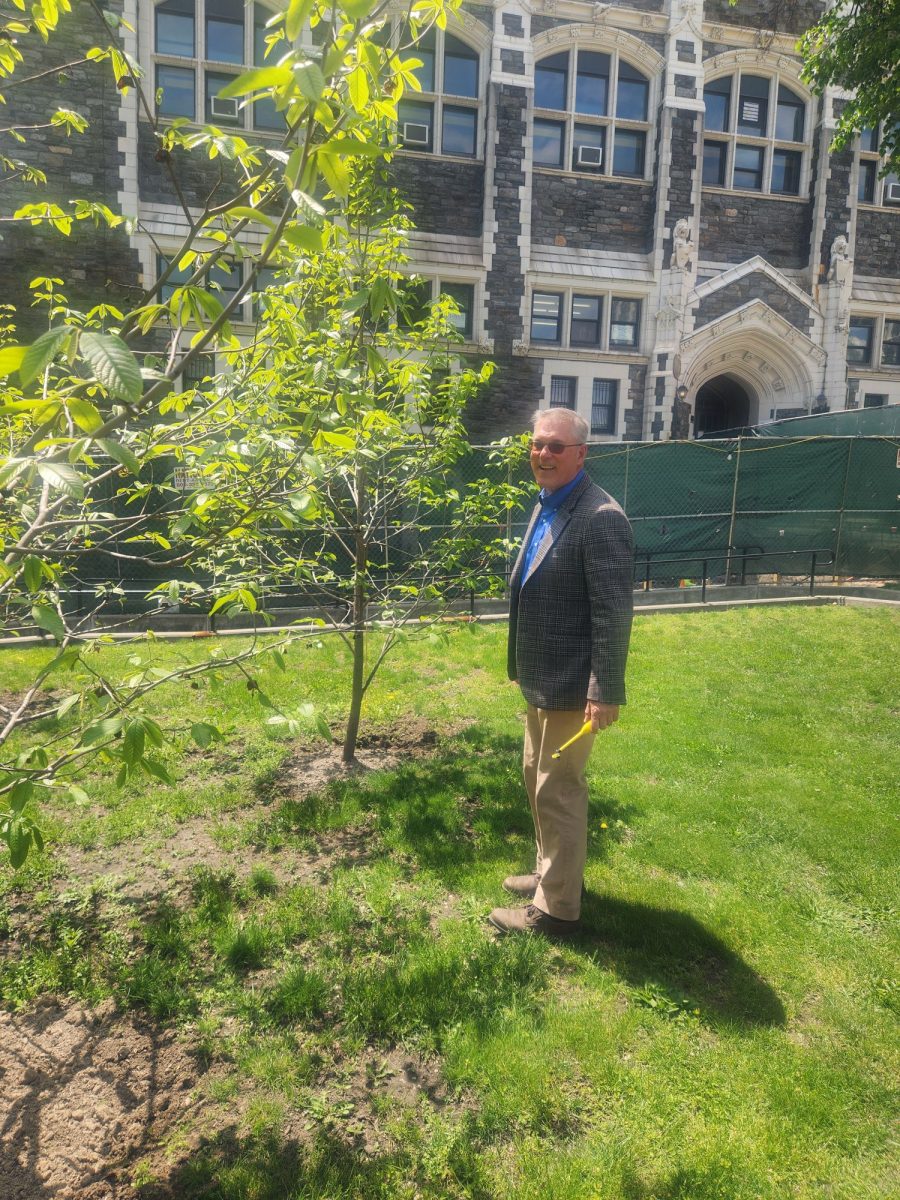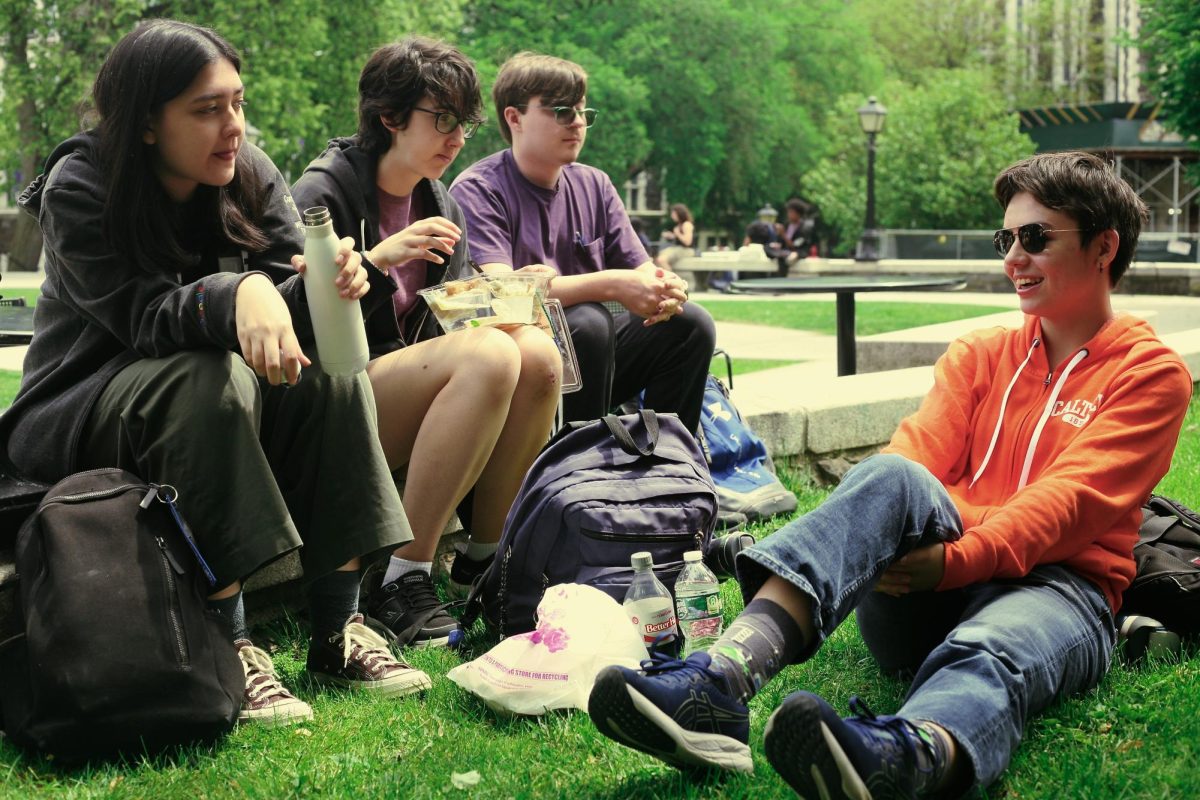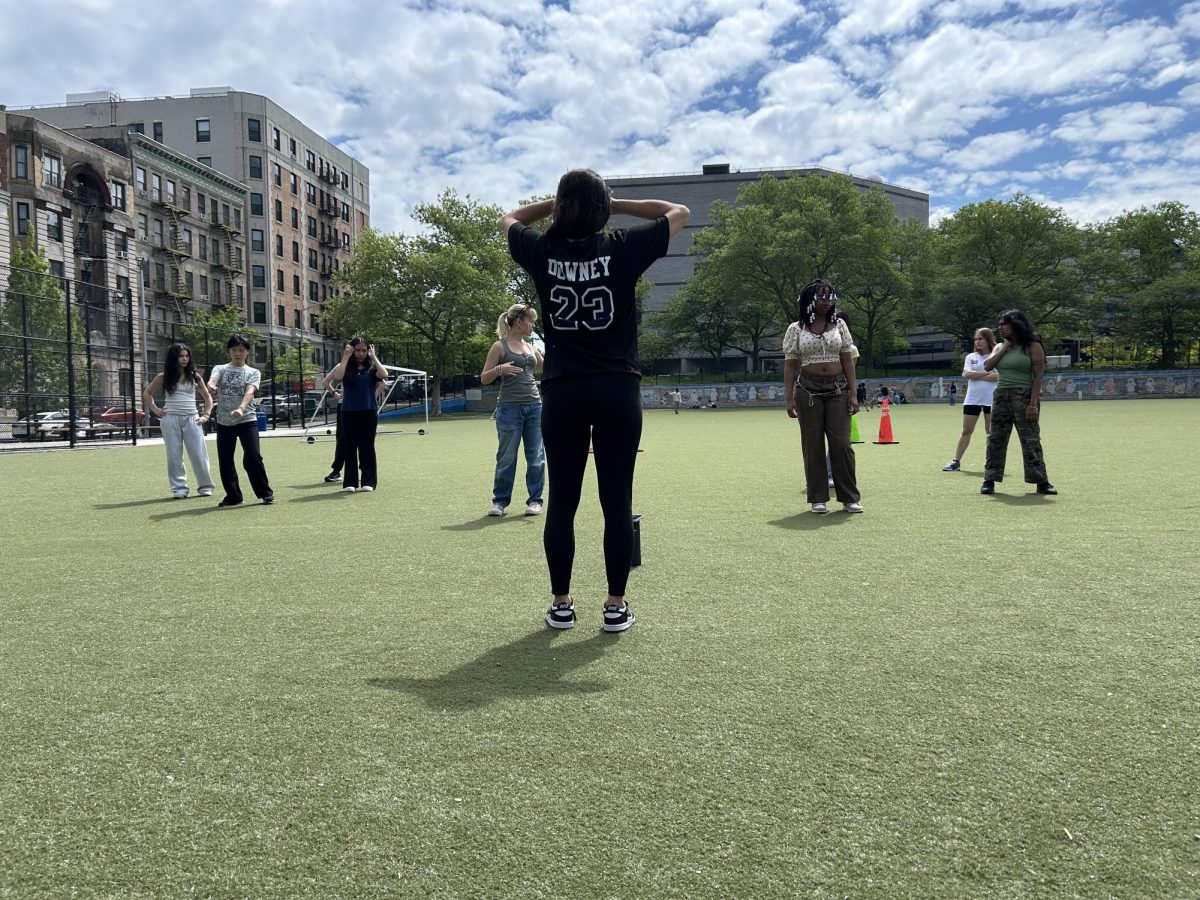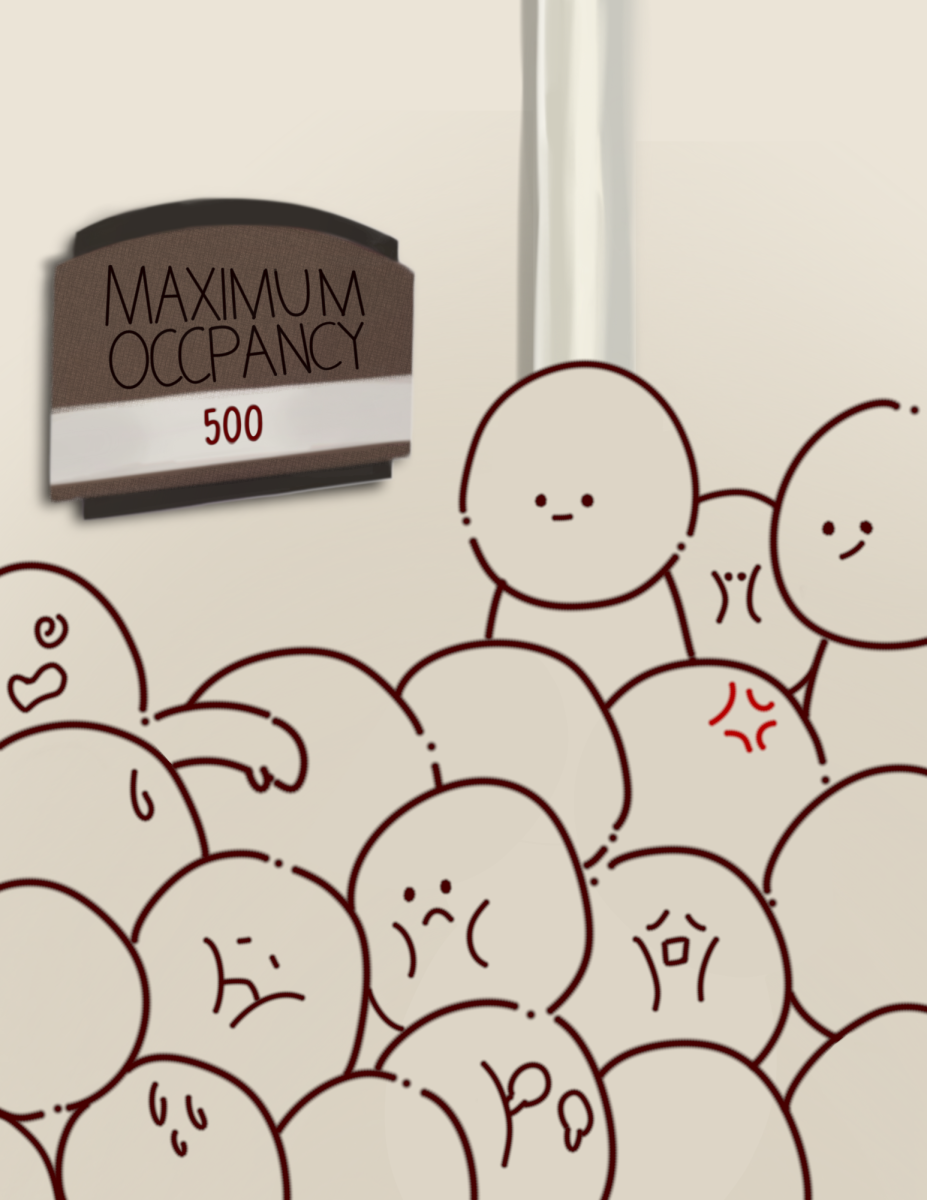Crowded [ˈkrou-dəd], adjective: (of a space) filled with people, leaving little or no room for movement; packed.
HSMSE was once a small and quaint institution, which prided itself on close-knit classrooms and familiar faces. Today, it is grappling with the challenges of increasing enrollment. The hallways, which used to echo the soft murmur of our close-knit community, now reverberate with the bustling energy of a growing student population. The surge in enrollment numbers has resulted in a transformation of the school’s dynamics, with classrooms that were once comfortably spacious now filled to capacity. Noisy, packed lunch periods overpower the NAC and the quad — once quiet spaces where students could congregate. As we adjust to the influx of new learners, we are challenged with the responsibility of discovering innovative solutions to meet the growing demand for education while striving to maintain the unique charm and sense of community that’s always defined us in the past.
We are widely recognized as one of the youngest amongst the specialized high schools in New York, with some of the most selective student screening processes for our smaller-scale school. Since our inception in 2002 — when we still consisted of six trailers connected with ramps — MSE has consistently had one of the smallest student bodies of the specialized highschools. In fact, our move to Baskerville Hall is still relatively recent; we settled into the school in 2008. This decision was influenced by the research conducted by our founding principal, Mr. Asher, and our founding assistant principal, Mr. Podell. They had discovered a small chemistry building called Baskerville Hall that was “kind of empty, definitely underutilized, and also an adequate size for a school of about 500 kids,” Mr. Podell said as cited on HSMSE’s webpage. However, as time passed, our school grew. According to the U.S. News and World Report, every year since then (except for 2012) the incoming freshman class has grown larger. We find ourselves at a crossroads, compelled to address the pressing issue of our growing population. The size of our student body has grown significantly, putting a strain on existing resources and challenging the school’s ability to maintain the most effective learning environment. Many people, especially students, have recognized the urgency of the situation. One way or another, everyone at HSMSE feels the growing need for a proactive response to preserve our culture in light of our expanding student body.
Many students, when asked, agreed with the consensus that the school is growing incredibly rapidly. Out of 55 students, only 4 argued that they were content with the current school environment. The majority had a different opinion, with claims of packed hallways, unavoidable latenesses, and crowded classrooms. During an interview, Junior Yeshua Flores-Garcia compared walking in the hallways to being “packed like sardines,” and that “moving from floor to floor feels like salmon fighting to go upstream.” Alumnus Jonathan Lambert affirmed this, stating that “when I was a freshman, the hallways used to have plenty of space to move around. The difference in crowd levels from when I entered MSE to when I left is unbelievable.” Senior Sophia Chan concurred with Jonathan and Yeshua, sharing an anecdote about her experience getting from lunch to her elective. Sophia described the commute as a “nightmare” due to the congestion of people getting to and from class colliding with those from lunch. These sentiments were not only expressed by the most vocal individuals — almost every interviewee shared a similar experience, with effects ranging from simply feeling annoyed to being irreversibly marked as “late” for classes.
However, for every complaint, an equal number of solutions were offered. Many suggestions were not feasible to implement, such as manually expanding the staircases or lowering freshmen acceptance rate (as approximately 22% of all interviewees suggested). People acknowledged the existence of a solution to overcrowding, and many suggestions were valid and should be considered as options to improve HSMSE. For instance, the quad door is essential for providing easy access to the building but is often blocked by campus security. When the quad entrance was utilized during the renovation of the main door to Baskerville, however, it worked extremely well at keeping things moving. Despite how effective the alternative exit was at clearing internal traffic, the school reverted to using the main door after the construction was completed. Many interviewed students agreed that by allowing multiple entrances, the flow of students could be redirected, reducing hallway congestion. Another suggestion is getting access to the second floor. This would enable the “A” and “B” flights to function as separate up and down staircases, effectively managing the flow of students in a clear and efficient manner. This would also significantly reduce overcrowding, as everyone would be moving in a predetermined direction. Both set up the argument of almost every MSE student — we should have full access to the entire building. Lastly, a more radical solution would be to completely overhaul the bell schedule. This is not unprecedented, as the school has previously received feedback from the student body and adjusted the schedule from a 90 minute period block to a 70 minute one to promote a healthier and more balanced lifestyle. We currently have four 70-minute classes and a 42-minute lunch/elective, separated by 3-minute transition periods. By extending the 3-minute transitions to 5 minutes, all students and staff would have 66% more time to prepare for their next class, eliminating the possibility of being flagged for lateness due to crowded hallways. Furthermore, it would adjust the time blocks to round numbers, making the schedule much easier to read and memorize. For an extra 15 minutes of transition time, the issue of overcrowding would be dramatically reduced, greatly easing the tensions people face between classes.
The growth of schools is inevitable. The student population at HSMSE is likely to grow exponentially every year. However, it is still possible for us to slow down the overcrowding process and make rational decisions to improve life for everyone. We pride ourselves on our intelligence and adaptability, so why not make use of it? It is up to our school — not as separate units, but as a unified entity — to change for the better. After all, we are a community full of engineers. Is it not within our capability to engineer a solution for our very own school?






